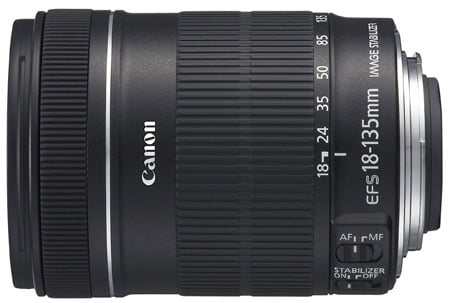
Canon EF-S 18-135mm f3.5-5.6 IS
-
-
Written by Gordon Laing
Real-life sharpness at 50mm - Canon EF-S 15-85mm IS vs EF-S 18-55mm IS vs EF-S 18-135mm IS
Canon 18-135mm results : Sharpness 18mm / Sharpness 50mm / Sharpness 85mm / Sharpness 135mm / Geometry / Vignetting
Corner sharpness with all lenses at 50mm |
Canon EF-S 15-85mm IS USM Corner sharpness at 50mm | Canon EF-S 18-55mm IS Corner sharpness at 50mm | Canon EF-S 18-135mm IS Corner sharpness at 50mm | ||
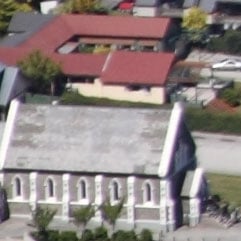 |  | 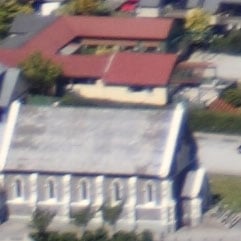 | ||
f5, 100 ISO | f5 not available | f5, 100 ISO | ||
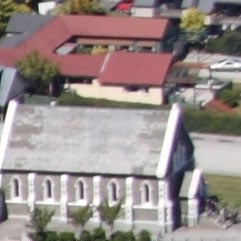 | 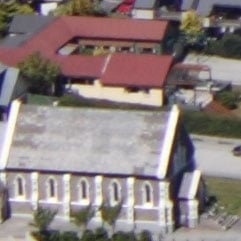 | 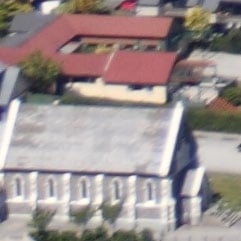 | ||
f5.6, 100 ISO | f5.6, 100 ISO | f5.6, 100 ISO | ||
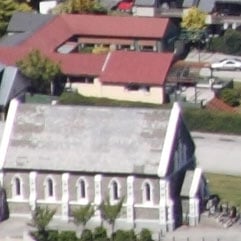 | 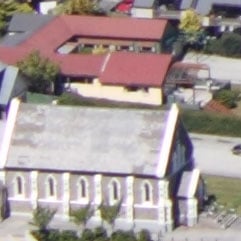 | 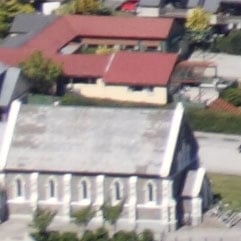 | ||
f8, 100 ISO | f8, 100 ISO | f8, 100 ISO |
Centre sharpness with all lenses at 50mm |
| The uncorrected crops taken from the centre of the frames at 50mm avoid the softness seen in the corners, but there are some differences worth noting. The basic EF-S 18-55mm IS kit lens looks slightly softer than the other two models here, especially with its aperture wide-open at f5.6. The EF-S 18-135mm IS crops are crisper if you look carefully, and while the EF-S 18-55mm IS improves at f8, the longer zoom still enjoys and edge. We’d also say the centre crops from the EF-S 18-135mm IS are fractionally sharper than those from the EF-S 15-85mm IS at 50mm when using the same apertures, but it’s pretty close. |
Now let’s see how the EF-S 18-135mm IS compares at a short-telephoto focal length of 85mm.
Canon EF-S 15-85mm IS USM Centre sharpness at 50mm | Canon EF-S 18-55mm IS Centre sharpness at 50mm | Canon EF-S 18-135mm IS Centre sharpness at 50mm | ||
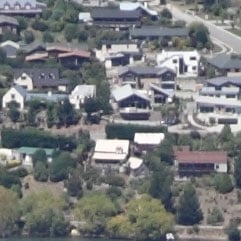 |  | 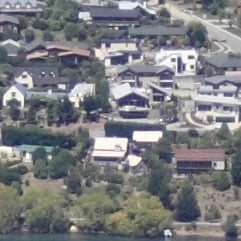 | ||
f5, 100 ISO | f5 not available | f5, 100 ISO | ||
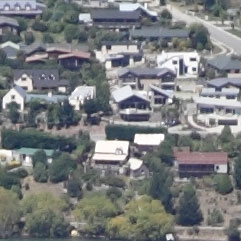 | 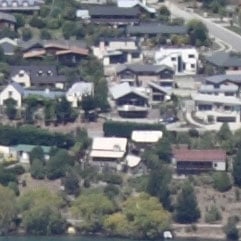 | 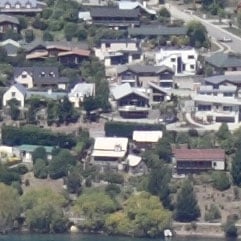 | ||
f5.6, 100 ISO | f5.6, 100 ISO | f5.6, 100 ISO | ||
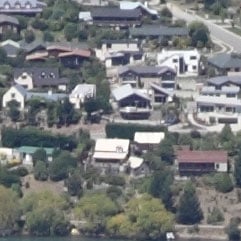 | 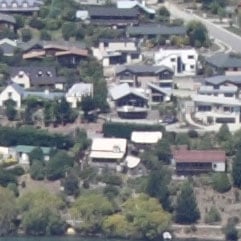 | 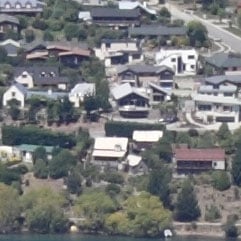 | ||
f8, 100 ISO | f8, 100 ISO | f8, 100 ISO |
| Now let’s see how the EF-S 18-135mm IS compares at a short-telephoto focal length of 85mm. |
Canon 18-135mm results : Sharpness 18mm / Sharpness 50mm / Sharpness 85mm / Sharpness 135mm / Geometry / Vignetting
|
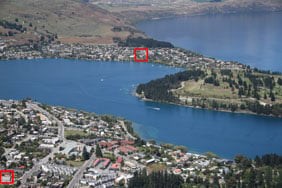 | To compare real-life sharpness at a mid focal length of 50mm, we shot this scene with the Canon EF-S 15-85mm IS, EF-S 18-55mm IS and EF-S 18-135mm IS, using an EOS 7D body at all apertures. |
The 7D was set to RAW to avoid in-camera JPEG corrections; all files were processed in Canon DPP with lens corrections disabled and the default sharpness of 3. IS was disabled on each lens, and magnified assistance in Live View used to confirm the focusing.
The image above was taken with the Canon EF-S 18-135mm IS mounted on a Canon EOS 7D body. The lens was set to 50mm f8, and the 7D to 100 ISO. In the samples below, the exposures were identical with each lens and the crops taken from the areas marked with the red squares for presentation here at 100%.
The first table compares crops taken from the corner of each image at different aperture settings and the second table compares crops taken from the centres of the same images.
The sequence starts with the EF-S 15-85mm IS USM and EF-S 18-135mm IS which both offer a maximum aperture of f5.0 at 50mm. Once again the pricier EF-S 15-85mm IS USM enjoys a noticeably superior result with the aperture wide open.
With the apertures closed to f5.6, the EF-S 18-55mm IS kit lens can join-in, and while it unsurprisingly doesn’t quite match the result from the EF-S 15-85mm IS USM, it does manage to visibly out-perform the EF-S 18-135mm IS.
At f8, the gap has narrowed considerably between the EF-S 18-55mm IS and EF-S 18-135mm IS, although the EF-S 15-85mm IS remains comfortably in the lead of this particular threesome. This marks the end of our comparisons with the EF-S 18-55mm IS, so in its place for the 85mm focal length we’ve swapped it for the older EF-S 17-85mm IS USM. So check out our next results page to see how it and the other two lenses compare at a short telephoto focal length of 85mm.




